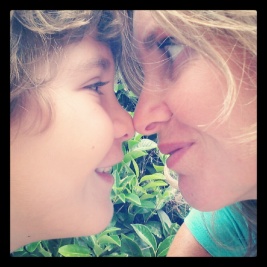
The Sticky Game
Welcome back! I hope you all had a great summer break. I thought you might be interested in a fun and simple warm up game to start off the new term. I often use this “ice-breaker” with new classes as it not only familiarizes children with the different parts of the body but it also encourages them to jump around to music and overcome any initial embarrassment or shyness they may have in relating to a new group.
Level: All
Age group: 3+ (ideal also with adults)
Time: 5 min
Aims: To introduce and practice body vocabulary e.g nose, ears, back, knees, hands, shoulders etc:
This game should be played in pairs. You will need some lively music to play. Ask the children to stand back to back and tell them, or better still demonstrate to them that they are “super glued” together and they must dance and move to the music without ever becoming “unstuck” from their partner. Call out different body parts that the children must “stick” to using their partner for example:
– Nose
– Feet
– Hands
– Ears
– Shoulders
– Back
– Eyelashes
– Cheeks
– Bottoms/ Backside
Continue suggesting different body parts, the faster the teacher changes words, the more hilarious the children find the game.
Happy teaching
Miranda



